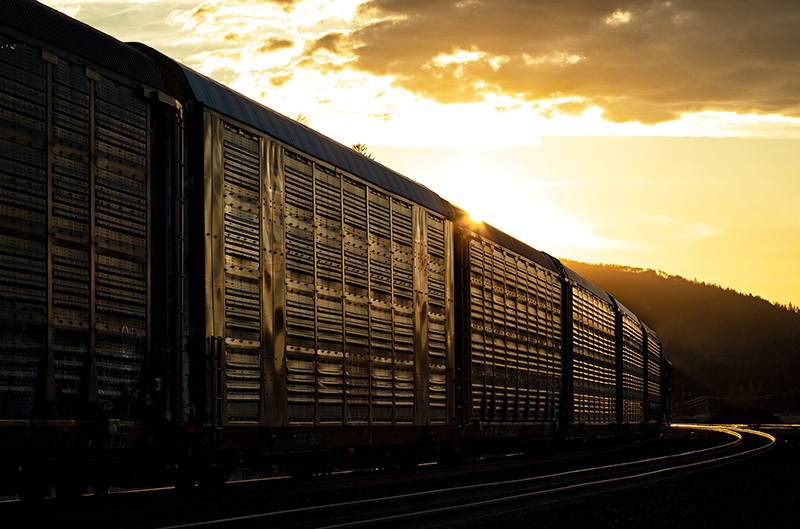By Justin Franz
WASHINGTON — America’s four largest freight railroads say they are hiring more crews and putting more locomotives in service to deal with a service crisis that has upset shippers and crippled parts of the national rail network.
In April, following a two-day hearing about the ongoing service crisis, the U.S. Surface Transportation Board announced that it would require Union Pacific, BNSF Railway, CSX Transportation and Norfolk Southern to submit service recovery plans. Last week, those plans started to be filed.
According to the Class Is, service on some roads is improving, at least by some measures. For example, UP stated that freight car inventory — which was increasing as service deteriorated and customers began to flood the system with redundant rail cars — was down by 11,000 this month. Train velocity has also increased, from 177 miles per day in mid-April to 189 miles per day now. Other railroads, however, did not report velocity and speed increases. NS stated that back in 2019, the weekly system average train speed was 21.5 to 23.1 miles per hour, but now it was down to 17.34 miles per hour. NS was “uncertain” if it would return to that previous level within the next six months.
All of the railroads stated that they were trying to hire crews as quickly as possible to meet the increasing demand for rail service. NS stated that while it hasn’t lost as many train service employees as other roads (BNSF has reportedly lost more than 700 people since implementing a new attendance policy), it was still trying to make improvements to its hiring teams to onboard more people. CSX stated it had worked with the SMART Transportation Division, one of the railroad’s unions, to increase trainee pay by 40 percent to attract more applications. And BNSF said it had hired 402 train service employees so far this year and nearly 230 had already completed training.
Along with hiring more employees, the Class Is state that they will continue to bring more locomotives out of storage in the coming weeks and months to help move freight.
During the STB hearing in Washington D.C., BNSF was specifically criticized for its use of throttle restrictions to save fuel. The STB asked if those could be eliminated to improve performance, but BNSF officials rejected that idea. “BNSF evaluates the way it operates the network from a full system perspective and running all trains a little faster along the road and bunching them up at terminals would do more harm to service performance than good and would also unnecessarily mitigate the positive environmental outcomes created by our fuel efficiency programs,” the railroad wrote.



